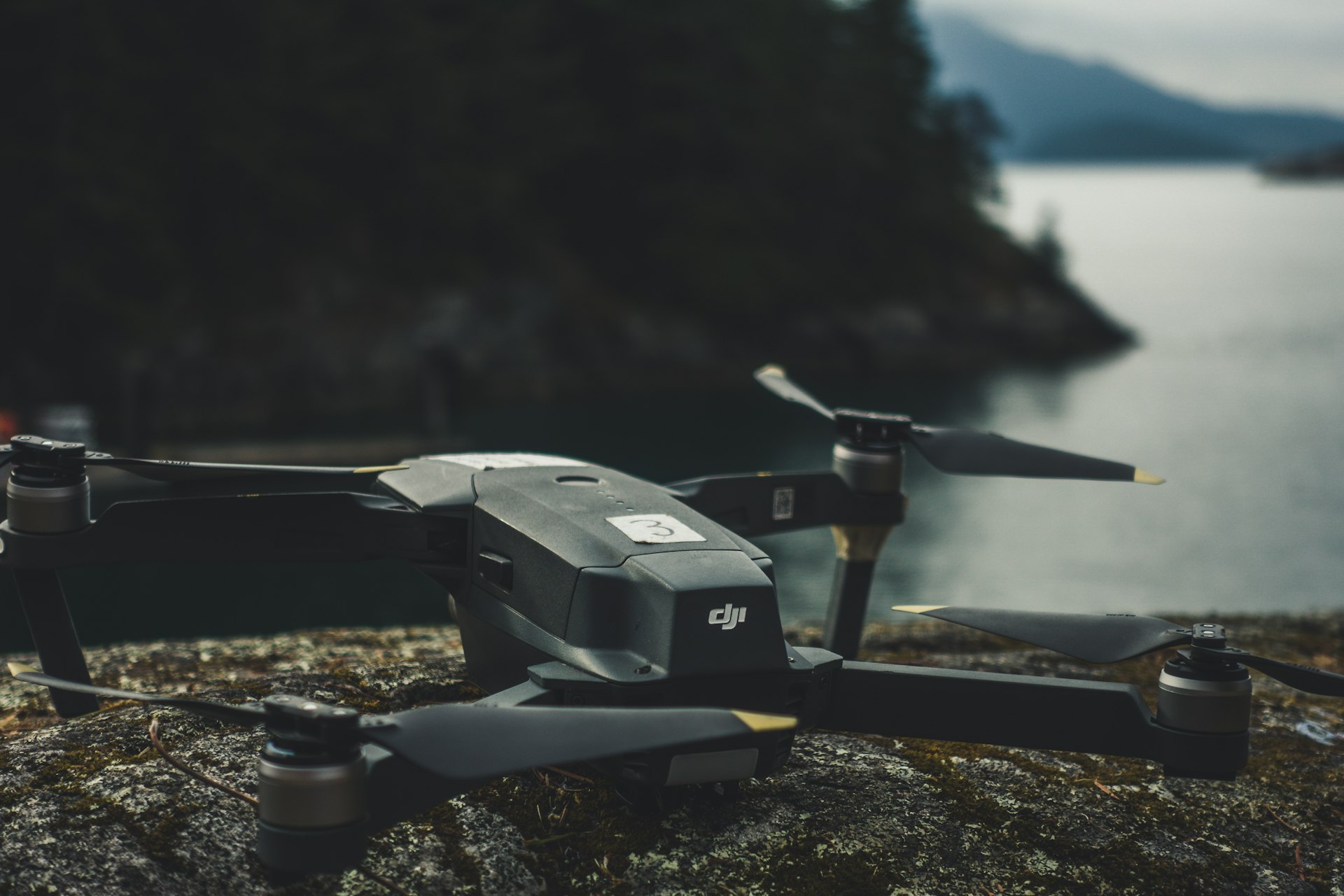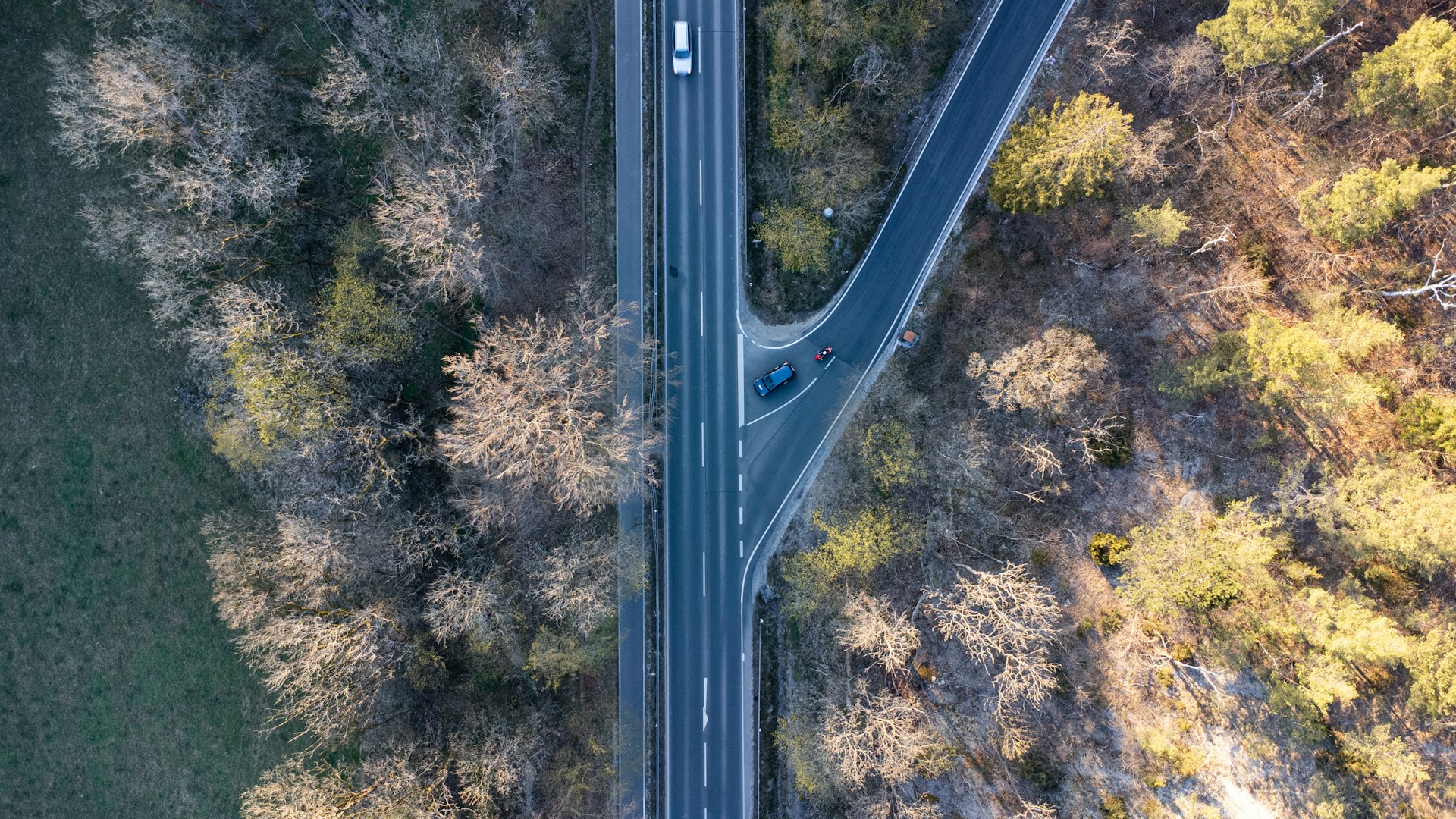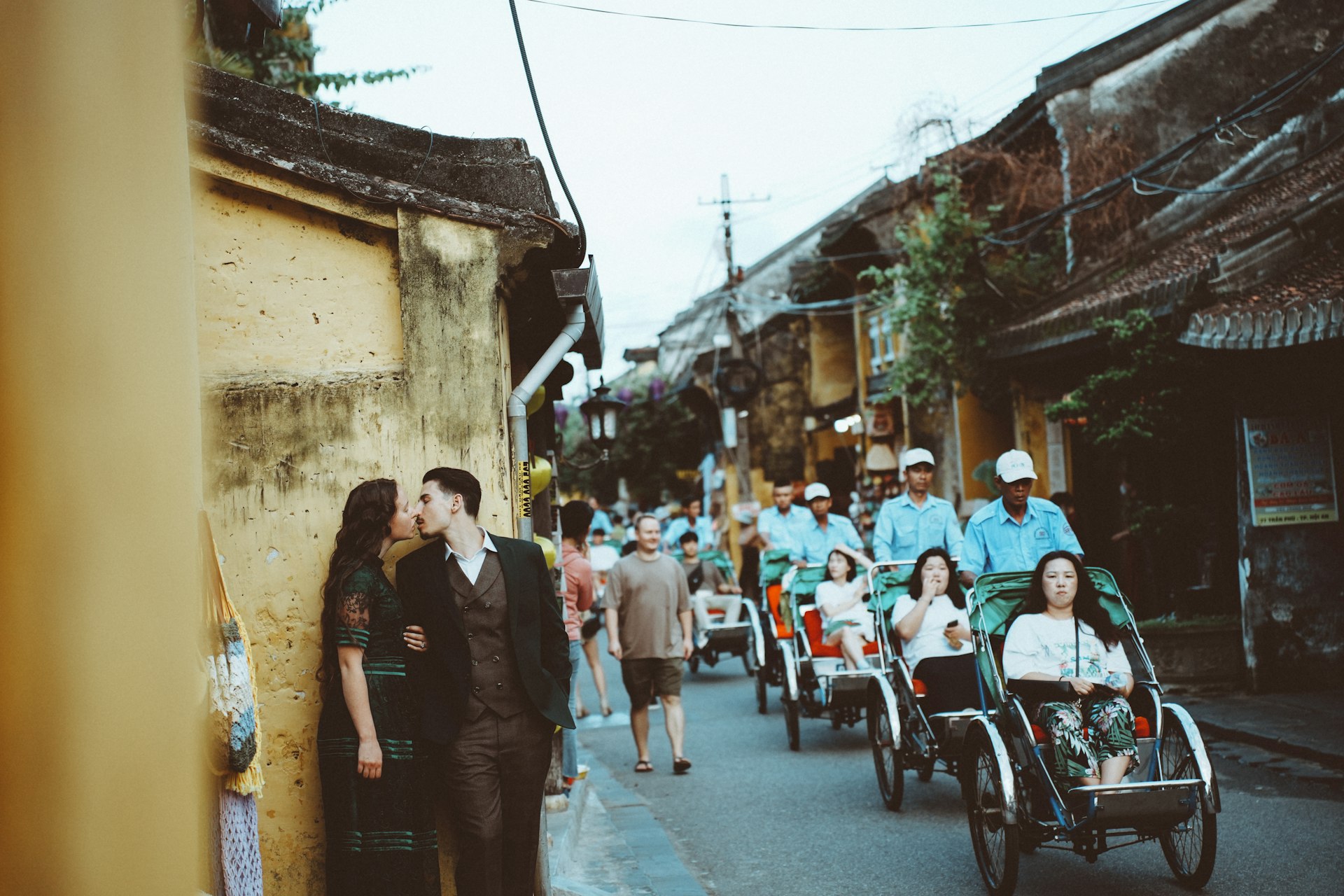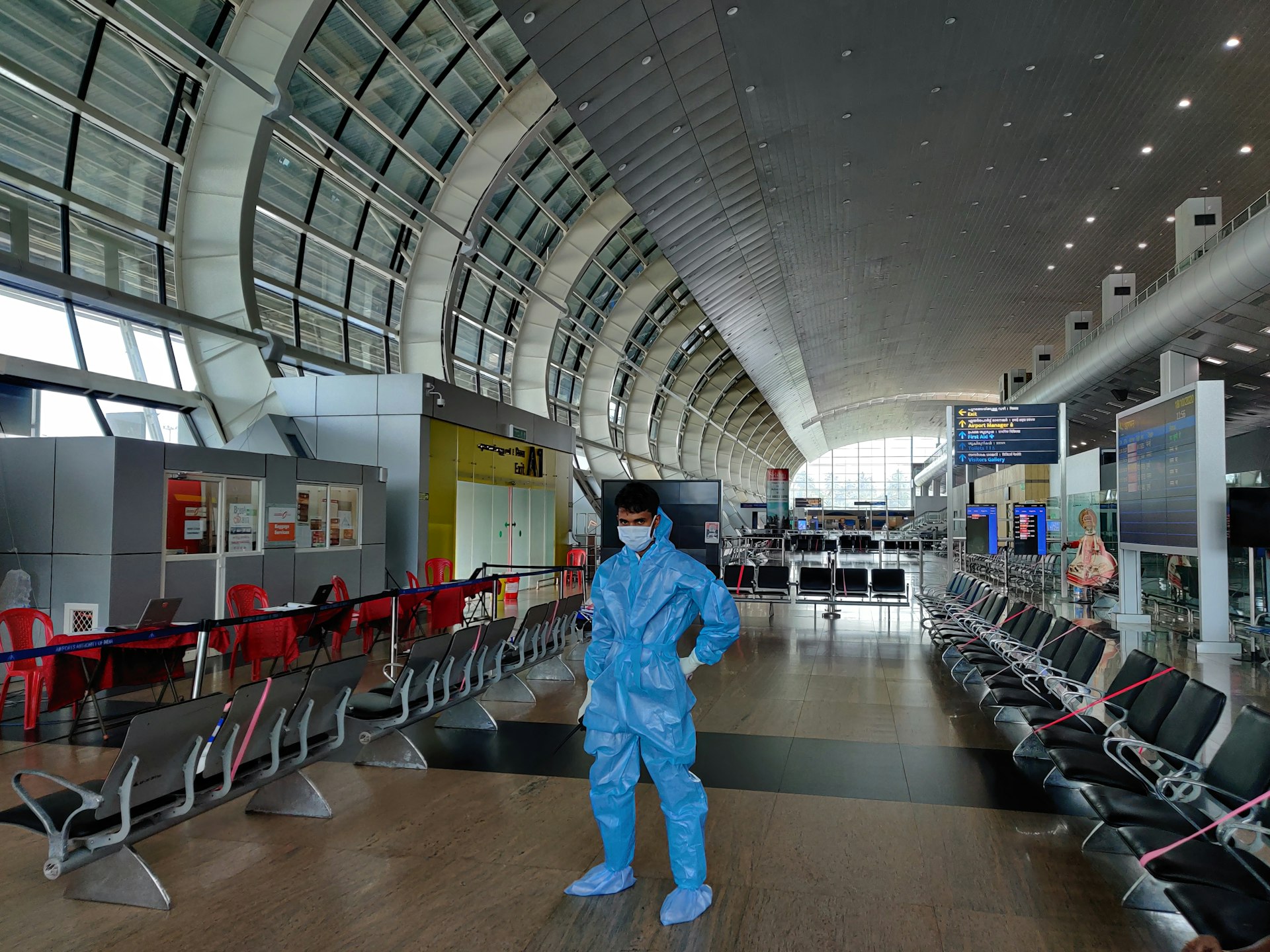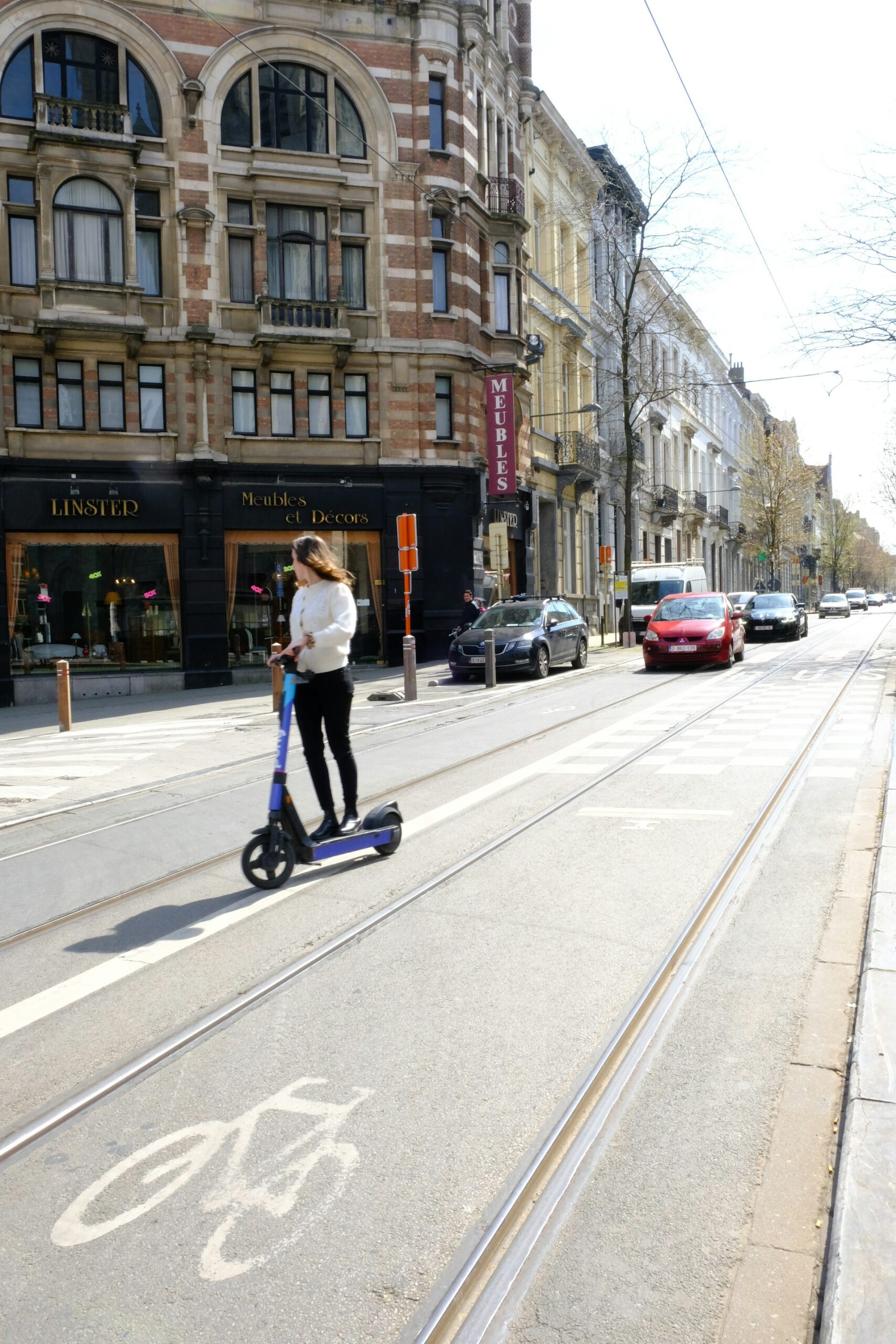Mastering Minimalist and Off-Grid Adventures: A Practical Guide to Self-Reliant Travel

Photo by Juan Burgos on Unsplash
Introduction: The Allure of Off-Grid and Minimalist Adventure
In a world saturated with technology and constant connection, more people are turning to off-grid travel and minimalist adventures as a means of reclaiming freedom, building resilience, and reconnecting with nature. The appeal lies in self-reliance, simplicity, and the thrill of exploring remote destinations without the safety net of modern conveniences. Whether you crave solitude in the backcountry, the challenge of minimalist backpacking, or the comfort of vehicle-supported camping, there is a pathway for every adventurer willing to trade routine for the unknown [1] .
Understanding Off-Grid Travel: What It Really Means
Off-grid travel
involves venturing into areas without access to public utilities such as electricity, running water, or cellular networks. This could mean hiking into the wilderness, camping far from services, or traveling through remote deserts in a camper van. The key is
self-sufficiency
: carrying everything you need, troubleshooting unexpected challenges, and leaving minimal impact on the environment. For most, the goal is not deprivation, but rather, experiencing authentic connection with the land and oneself
[1]
.
Minimalist Adventure: Less is More
Minimalist adventure focuses on traveling with only the essentials. By shedding unnecessary belongings, you gain mobility, reduce stress, and cultivate mindfulness. For instance, seasoned travelers have spent weeks in diverse climates with just a carry-on or backpack, proving that efficient packing is both possible and liberating [5] . The minimalist approach can extend to your choice of gear, food, and even your itinerary, prioritizing experiences over possessions.
Types of Off-Grid and Minimalist Adventures
There are several ways to embrace this travel style, each offering unique benefits and challenges:
- Backpacking and Hiking : Carrying everything in a backpack and hiking into wilderness areas. This is the purest form of minimalist adventure, requiring careful planning and physical fitness.
- Car or Van Camping : Using a vehicle to reach remote campsites, often combining comfort with off-grid access. Locations like Arizona’s Edge of the World or Utah’s Valley of the Gods are popular for their isolation and beauty [3] .
- Camper Life : Living in a converted vehicle or camper allows for more amenities while still enjoying remote locations. This option balances comfort and adventure, especially for longer trips or those with health considerations [4] .
- Boat Camping : Reaching secluded shorelines or islands via kayak or small boat offers solitude and a unique perspective, though it requires specialized gear and navigation skills [1] .
Essential Preparation: Planning for Success
Successful off-grid, minimalist travel starts with thorough preparation. Begin by defining your comfort level and experience. Research the area’s climate, terrain, and regulations. For campsite selection, utilize official resources such as national forest or park websites, and consider reaching out to local ranger stations for up-to-date access and safety information. Packing should focus on multi-functional, lightweight items-think compact cooksets, durable clothing, and portable water filtration systems [5] . Always review Leave No Trace principles to minimize your impact.
Packing Strategies for Minimalist Travel
Adopting a minimalist mindset starts with your packing list. Experienced travelers recommend:
- Choose a lightweight, durable backpack or carry-on.
- Pack versatile clothing that can be layered and used for multiple purposes.
- Limit footwear to one multipurpose pair and one lightweight backup.
- Opt for travel-sized toiletries and reusable containers.
- Bring only essential electronics, prioritizing devices with long battery life.
Many find that packing for 10 days or more in a single backpack is achievable with careful planning. The key is to lay out everything you think you need, then remove half. Prioritize items that serve multiple functions, and be ruthless about leaving non-essentials behind [5] .

Photo by Matteo Tiraboschi on Unsplash
Finding and Accessing Remote Campsites
Locating off-grid campsites can be both exciting and challenging. Begin with public lands such as National Forests or Bureau of Land Management (BLM) areas, which often allow dispersed camping. Search for official websites using terms like “dispersed camping [state/region]” or “BLM camping map” for the area you are considering. It is also helpful to read recent trip reports or blogs for updated site conditions and tips [3] . Always verify regulations and obtain necessary permits where required, and consider visiting ranger stations to ask about accessibility, water availability, and fire restrictions.
Overcoming Challenges and Ensuring Comfort
Off-grid travel presents challenges such as unpredictable weather, limited resources, and isolation. Common obstacles include:
- Weather : Prepare by monitoring forecasts, packing layers, and having shelter options for rain or cold.
- Resource Management : Plan water and food needs carefully. Learn to purify water from natural sources and pack non-perishable, high-energy food.
- Navigation : Bring printed maps and a compass as a backup to electronic devices.
- Safety : Let someone know your itinerary and expected return. Carry a basic first aid kit and understand basic wilderness safety protocols.
Embracing simplicity does not mean sacrificing comfort. Small upgrades, such as a quality sleeping pad or a portable lantern, can transform your experience [2] . Maintaining comfort is about balancing minimalism with judicious choices in gear and preparation.
Responsible Adventure: Leave No Trace and Sustainability
Preserving the natural beauty of remote areas ensures these experiences remain available for future adventurers. Adhere to the Leave No Trace principles: pack out all trash, minimize campfire impact, respect wildlife, and avoid disturbing natural landscapes. Many travelers also make a point of cleaning up overgrown or neglected campsites, contributing to the health of the environment [4] .
Step-by-Step Guide to Getting Started
- Assess Your Goals : Decide if you want solitude, adventure, or simply a break from routine. This will inform your choice of destination and approach.
- Research Destinations : Use official National Forest, BLM, or state park websites to find suitable locations. For detailed site-specific information, consult recent blog posts or social media accounts of experienced travelers.
- Plan Logistics : Calculate travel time, fuel, and resource needs. Make checklists for gear, food, and emergency supplies.
- Prepare Physically and Mentally : Off-grid travel can be demanding. Build physical endurance and learn basic survival skills such as navigation, first aid, and water purification.
- Pack Efficiently : Use a proven minimalist packing list as a template, and adjust based on climate and trip length. Double-check all essentials before departure.
- Practice Leave No Trace : Review the seven principles and commit to responsible travel at every stage.
If you are new to off-grid travel, consider starting with established dispersed campsites near amenities, gradually working up to more remote locations as your confidence grows. Always verify current conditions and regulations with official sources or local ranger stations.
Alternative Approaches and Resources
If traditional backpacking or car camping feels daunting, explore alternatives such as:
- Guided Tours : Join small-group expeditions led by experienced guides. Search for “guided off-grid adventure tours [region]” to find reputable providers.
- Volunteer Programs : Some organizations offer wilderness conservation projects in exchange for room and board. Search for “wilderness volunteer projects [country]” to discover options.
- Community Groups : Join online forums or local outdoor clubs for shared trips and advice. Popular platforms include Meetup and regional hiking clubs.
Key Takeaways
Off-grid and minimalist adventures offer a rewarding path to self-discovery, resilience, and environmental stewardship. With thoughtful preparation and a focus on essentials, you can craft unique journeys tailored to your comfort and skill level. By respecting nature and embracing simplicity, you not only enrich your travel experience but also help preserve wild places for generations to come.
References
- [1] EcoFlow (2023). A Guide to Different Types of Off-Grid Camping Adventures.
- [2] The Not So Innocents Abroad (2023). How to Survive (and Actually Enjoy) Off-Grid Travel.
- [3] Kate Roams the World (2021). Car Camping Essentials: A How to Guide for Your Next Off Grid Adventure.
- [4] Barking Embarkers (2023). How to Camp Off Grid in Comfort and Style: Camper Life 101.
- [5] Travels with Elle (2023). The Ultimate Minimalist Travel Packing List + Packing Tips.
MORE FROM ismath.net
